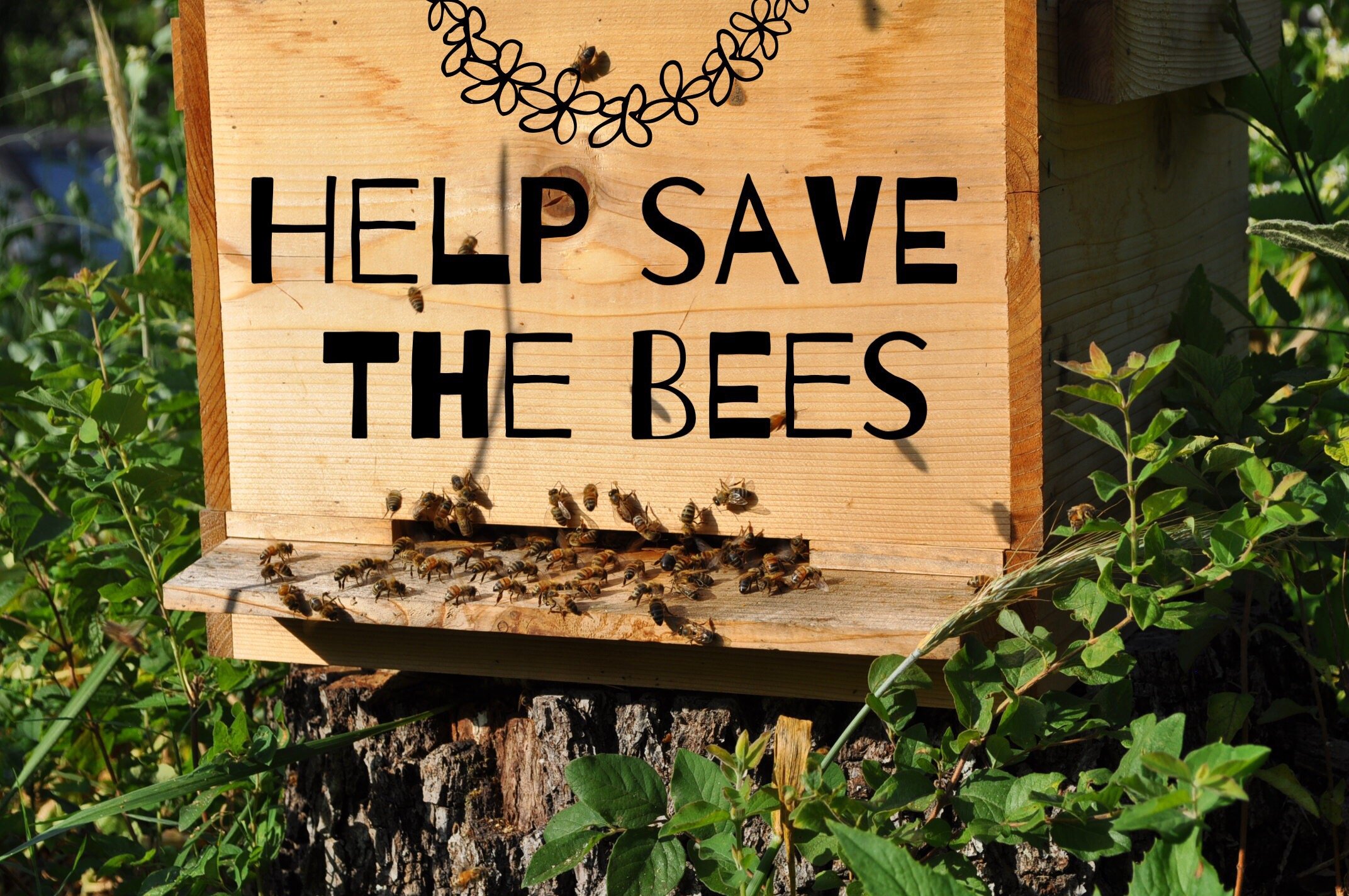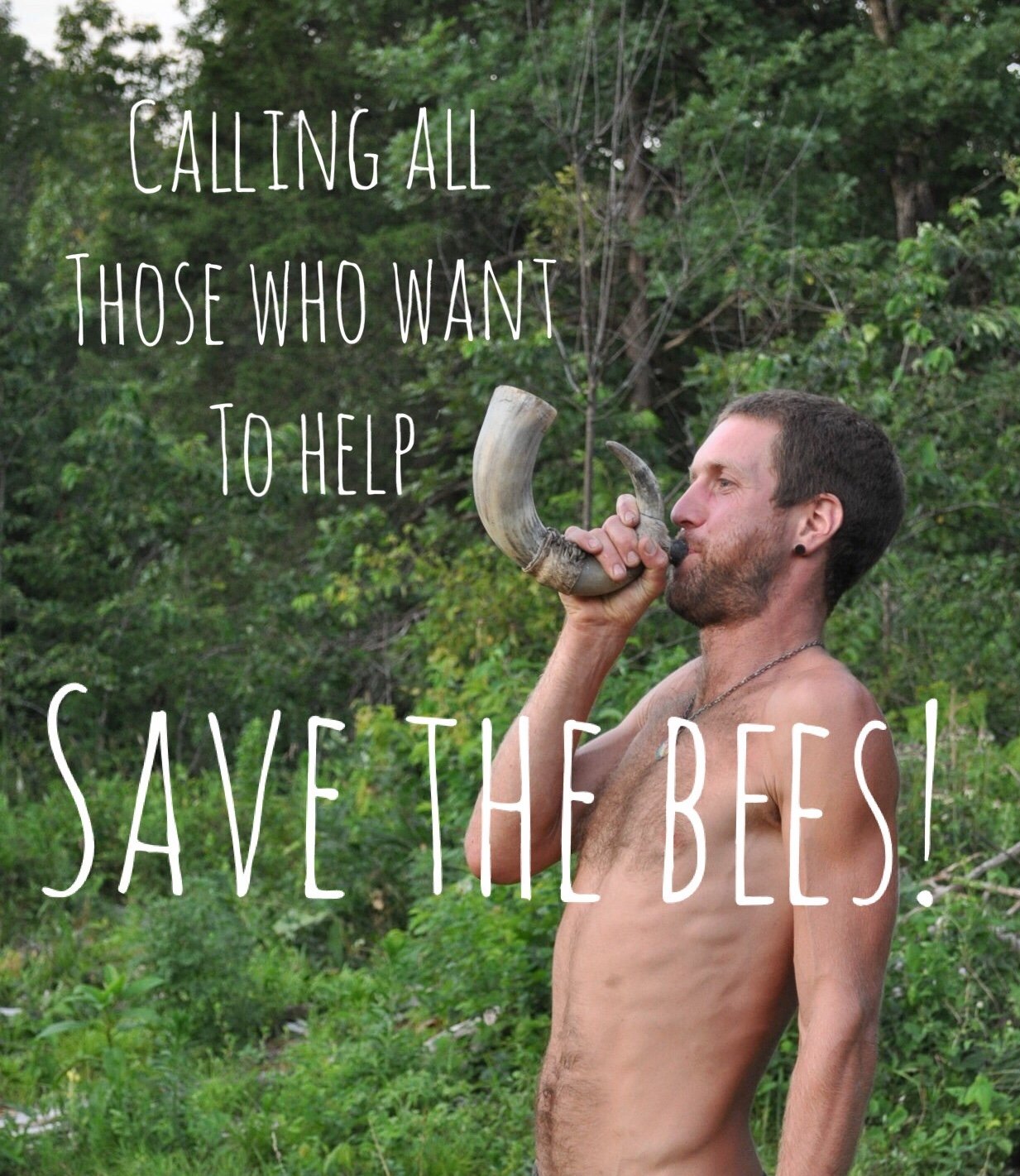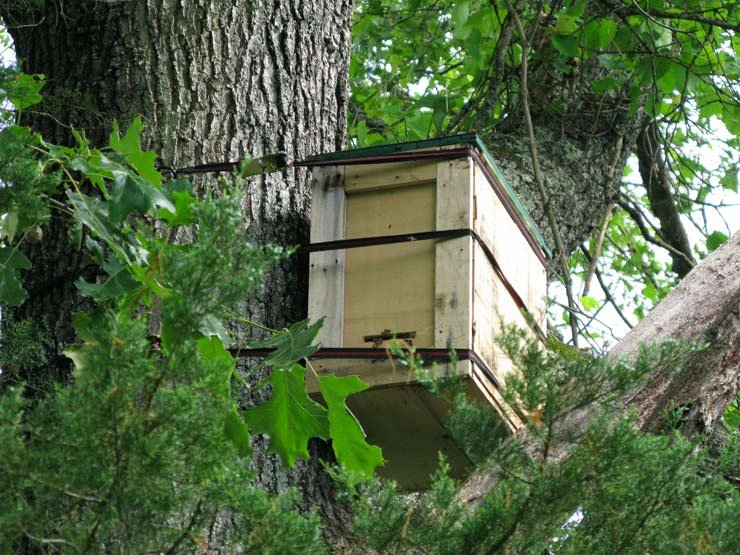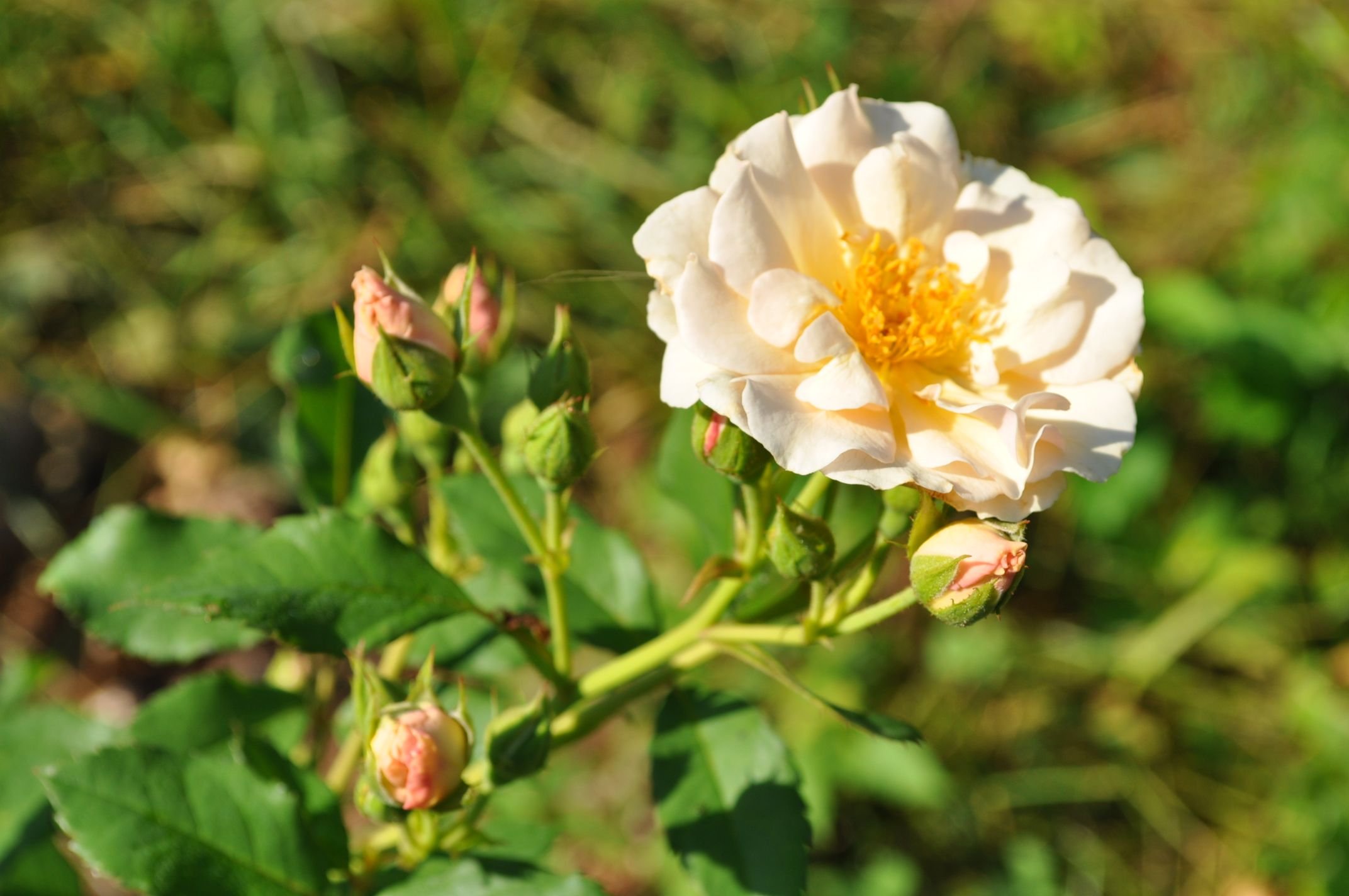
Building resilient honey bee populations
The Bee situation
We all have heard of the dire situation we and all inhabitants of the earth are facing as we see severe decline in bee populations. Colony Collapse Disorder (CDC) is a well known, but little understood phenomenon. In fact, it’s really a general way of talking about the drastic honeybee die offs that are occurring. The implications are a threat to our bio security- if we lose the bees the effects will be devastating for all life on this planet and humans will especially feel the sting, as 2/3rds of our food is bee pollinated. Across the board, particularly in North America, we are seeing massive colony losses. For example, Oklahoma lost 75% of their honeybee colonies last year.
I am not a scientist, nor am I a beekeeping expert, but I do see that something drastic must be done. The honeybee is an integral part of our lives, essential to agriculture, not to mention the greater part they play in pollinating numerous non-agricultural plants.
This is an all hands on deck situation!

Many beekeepers are working towards solutions. Certain pesticides are banned (mosly in Europe, but not North America) and there is some truly groundbreaking research studies lead by mycologist Paul Stamets surrounding bee health. The data shows huge increases in bee immunity by feeding small amounts of mycelia extracts. Up to 1000% decrease in incidences of deformed wing virus (spread by varoa mites) and an almost doubling of foraging lifespan of worker bees. But still, you might find yourself asking:
What can I do for the bees?
Besides lobbying, fundraising, researching and grant writing, there are some simple “boots on the ground” things you can do.
The approach we have chosen at our homestead, Mountain Jewel, is to bolster the local bee populations by selecting vigorous, resilient and locally adapted stock to keep in our apiary. This means not buying bees from a breeder whose bees will not be adapted to this climate (unless raised locally, which isn’t an option for us currently). The queen breeding process does not include mating with wild bees (an important factor to genetic diversity), but instead seeks to control the entire process. The commercial methods of breeding bees are for maximizing production, and do not lead to stronger bees. Furthermore, by medicating bees with toxic pesticides (to rid bees of mites and such) we are not only weakening bees, but also building pests with greater resistance.
One Solution: Catching Local Swarms
We have chosen to build swarm boxes that will entice wild/feral swarms to take up residence. This works because of the natural tendencies of bees to swarm at certain times of the year, due to overcrowding of the hive or other unfavorable conditions. When a bee colony swarms, it sends out scout bees to look for an appropriate home. This has often been a hollowed out tree where they can seek shelter from the elements and build out new comb. If the scouts deem it suitable, the swarm will take up residence. In understanding this, we can attract bees to a box we build and multiply our bee stock naturally.
How to Catch a swarm
Catching swarms with boxes is quite straightforward. The size and shape of swarm box will depend on the hive style you select. Langstroth frames are not the same size as Warre or Layens and so on. Each model has pros and cons, so read talk and experiment. For instruction and details of swarm box building, check out Dr. Leo’s website for free plans at HorizontalHive.com.

(Photo by Dr Leo)
How to
- Prep the frames with wax (strip or foundation) with propolis and lemongrass oil. Bees are attracted to theses scents and it will signal a good home to scout bees. If you’re keen on it, weigh the hive to figure future swarm weight.
- Find a solitary tree on the edge of wooded area. It should be accessible and visible to both you and the scout bees.
- Climb up (20 feet is recommended, but 12 or more will suffice) and attach the baited swarm box with ratchet straps.
- Keep an eye on the box. Once you see regular activity, you can rest assured a colony has taken up residence.
Congrats! You’ve attracted a swarm.
If you are using a 7 frame Layens box, you can use it to house the bees for the first season. Otherwise you will have to transfer the colony to your apiary.
There so much work to be done with honeybees and we hope this little bit will get some inspiration moving to take part in the important task of revitalizing natural bee keeping, where we support the bees health and do not focus solely on yields.

